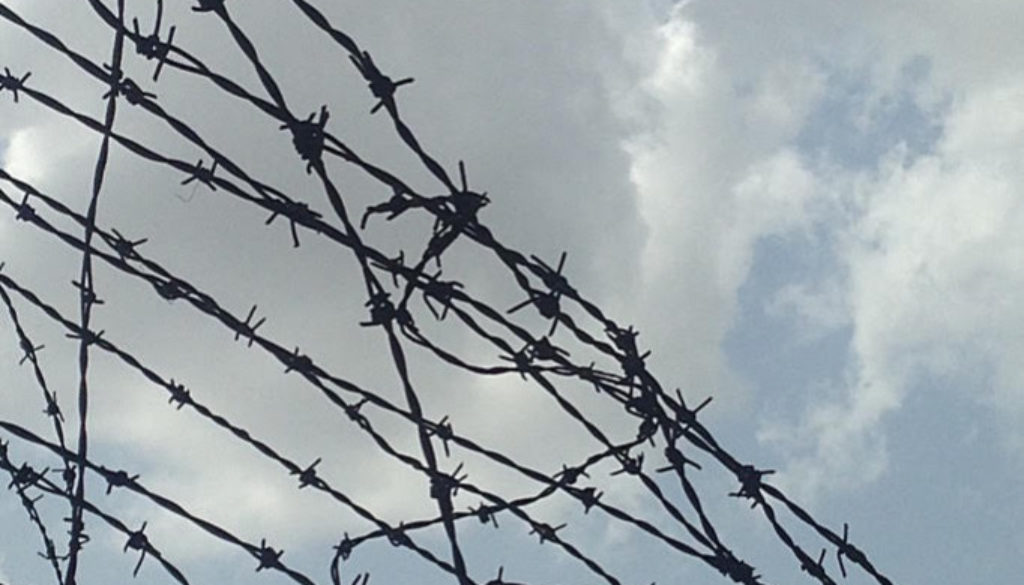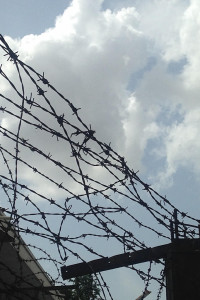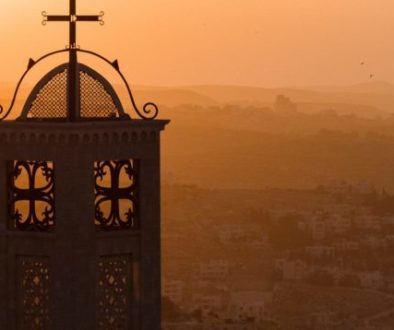#Cambo … a reflection
Landing in Cambodia, it was the heat that struck me first. I had read about the sub-tropical climate we’d experience, but reading about the heat and actually feeling its suffocating effects are two entirely different things. That’s just common sense, you say. But I was the little girl who confidently told her mother she knew how to ride a horse because she’d read a book about it. Later, my cousin’s horse would be spooked by a rabbit leaping across its path, and I’d land tangled in a mess of barbed wire that would scar me for years. But somehow I continued to believe that reading about something, and knowing about that something, were interchangeable.
True to form, I read many books about Cambodia before traveling there with our Restoration team last summer. I read about the country’s history as a French colony, about its role in the Southeast Asian geopolitical landscape, and about Saloth Sar the privileged Cambodian who became Pol Pot the murderous dictator. Under his rein, and through the hands of his Khmer Rouge soldiers, Cambodia in the latter half of the 1970s became a country-wide concentration camp and terror ruled the land. Soldiers slaughtered babies while their mothers watched, helpless. Fathers disappeared in the night, never to return. Families that weren’t torn apart in the chaos of sending townspeople to the countryside soon were separated when children were dispersed to age- and gender-specific work brigades. Long days of forced labor, compounded by a dearth of food, led to widespread starvation. And a disdain for education and trained medical personnel made even the most treatable illness a potentially fatal one. In all, 3 million of the 7 million Cambodians alive in 1975 had perished by 1979.
But reading about these events didn’t prepare me for the reality of seeing those events etched in the faces of survivors and their families — the teenager whose mother was a child in the 1970s, the octogenarian who’d been incarcerated in the Tuol Sleng prison and survived (no easy feat, as 14,000 entered but fewer than ten exited alive). I was 5 when the horrors began in Cambodia, and 45 when I visited Phnom Penh. Despite the passage of 40 years, the scars of that traumatic season in Cambodia’s history are still quite apparent — and in some ways, troublingly fresh. Individuals who lived through the Pol Pot nightmare continue to suffer greatly. In one study published in 2005, the authors reported on roughly 600 Cambodians who’d lived through Pol Pot’s regime and then fled to California. Twenty years after resettlement, the statistics are still startling: 62% suffered from post-traumatic stress disorder (PTSD) and 52% suffered from depression. Numerous studies of Cambodians — both in Cambodia and in resettlement populations globally — report similarly high rates of mental dysfunction and suffering.
Sadly, studies also show that the psychological impact of Pol Pot’s regime isn’t limited to those who lived through the late 1970s. A growing body of literature based on studies of the Cambodian genocide and the Holocaust concludes that the psychological effects of war trauma can affect parenting styles and perpetuate dysfunctional behaviors in subsequent generations. Survivors, who were deprived of “normal” family life and subjected to unspeakable horrors, remain haunted by those events and later struggle to build healthy families. Genocide and political conflict have profound consequences not only for individuals, but for entire societies.
Just as reading about the Cambodian genocide couldn’t adequately prepare me for its concrete realities, neither did my visit to Auschwitz as a teenager prepare me for walking the paths of the Killing Fields as an adult. Toward the end of our stay in Cambodia, our team visited the site where thousands of Cambodians detained in Tuol Sleng were brought for slaughter. Although the mass graves were excavated long ago, the earth still tells the stories of those who died there, as fragments of clothing and bone continue to work their way to the surface. I was stopped in my tracks by a pair of children’s shorts exhibited in a glass box along the path. And a sign describing the so-called “Killing Tree,” against which babies’ heads were bashed by soldiers, left me awash with grief. But what lingered in my consciousness long after that afternoon was the narrated admonition of a Cambodian genocide survivor telling other survivors that they must pull themselves up by their bootstraps and heal themselves.
As a survivor of childhood abuse, I know full well the effects of PTSD, the darkness of depression, and the struggle for normalcy. Like the survivor who narrates this admonition as visitors rest alongside a lagoon near the Killing Fields, I spent decades fighting for sanity and health on my own. And for decades, I failed. Thankfully, my story has a happy ending — through two intense years of Christian counseling and healing prayer, Jesus met me in amazing ways and made me whole. But Cambodia is a country where only 3% of the population knows Jesus. This stark reality makes more precious the willingness of Sarah and Jesse Blaine to move halfway around the world and plant a church in Cambodia, and the willingness of Restoration to support their efforts. It also underscores clearly the need for continued outreach, because only Jesus can deliver the true healing that Cambodia so clearly needs. How can you help make Jesus a reality for Cambodia today?
Come to Me, all who are weary and heavy-laden, and I will give you rest.” Matthew 11:28.
For those interested in reading about the lingering impact of Pol Pot’s regime, check out “Cambodia’s Hidden Scars: Trauma Psychology in the Wake of the Khmer Rouge” (Talbott, Van Schaak, Reicherter, Chhang, eds. 2011).


